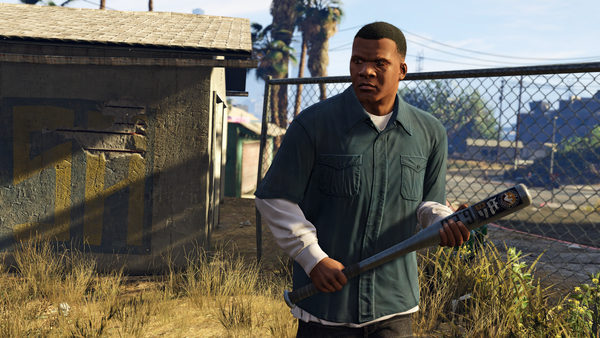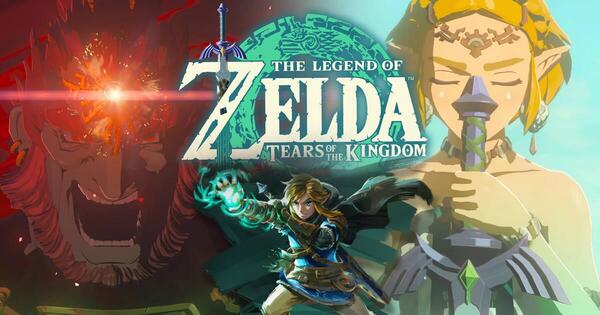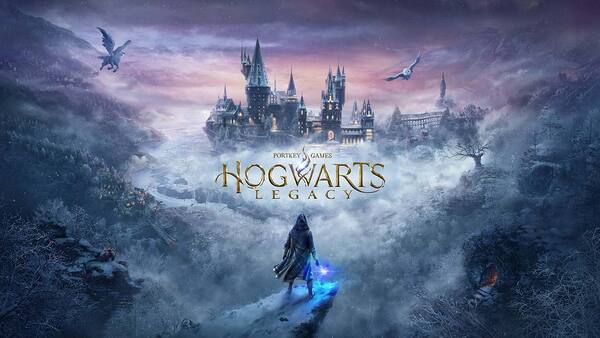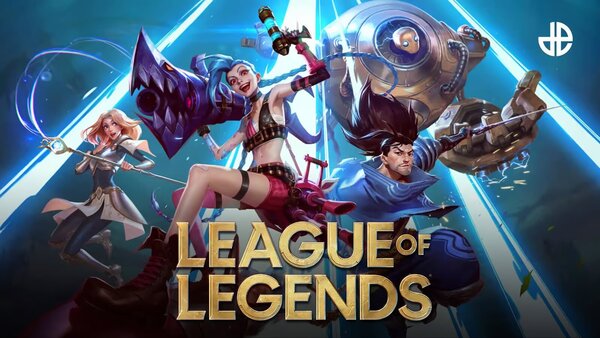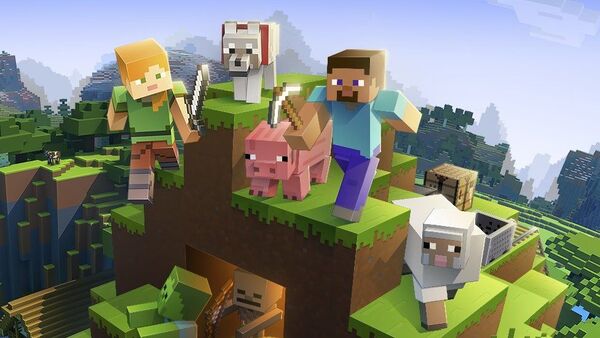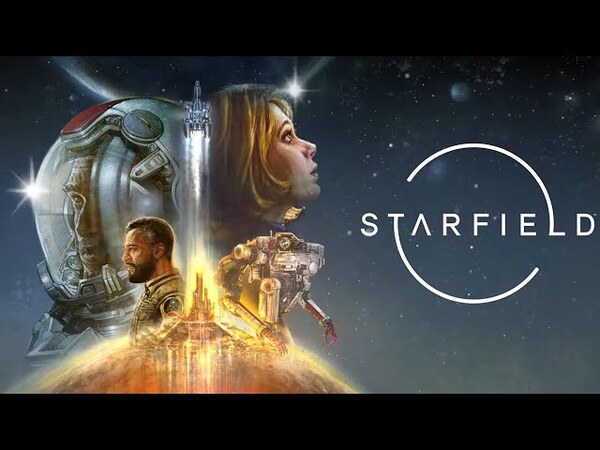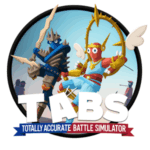Garena Free Fire: Kalahari is a standout update within the popular battle royale game Free Fire, known for its intense gameplay, fast-paced matches, and mobile optimization. Introduced as a unique desert-themed map, Kalahari brought a fresh tactical layer to Free Fire’s core mechanics, emphasizing verticality, survival instincts, and environmental mastery. Developed by 111dots Studio and published by Garena, Free Fire has consistently expanded its universe, but Kalahari remains one of the game’s most iconic and challenging battlegrounds. With its harsh landscape, complex structures, and numerous ambush spots, Kalahari forces players to adapt their playstyles and sharpen their strategic decision-making. Whether you are a sniper perched on an ancient ruin or a rusher navigating narrow canyons, this map delivers adrenaline-fueled action in every match.
1. The Emergence of Kalahari and Its Impact on Free Fire
Kalahari was first released in early 2020 as part of a major content update aimed at diversifying Free Fire’s battle royale experience. At the time, Bermuda and Purgatory were the primary maps, each offering distinct layouts and gameplay dynamics. The introduction of Kalahari stood out not only for its new environment but also for its gameplay complexity. Set in a post-apocalyptic desert inspired by the African Kalahari region, the map featured rich lore, abandoned bunkers, sand-covered ruins, and vertical structures that changed how players approached combat. Its rocky terrain, elevated points, and narrow tunnels added tension to every encounter. The map quickly gained traction among seasoned players who sought more tactical depth and unpredictability. Rating: 4.7 out of 5 for innovation and environment design
2. Unique Terrain and Landmark Features
Kalahari is known for its vast dunes, cliffs, and tight chokepoints that challenge traditional battle royale strategies. The terrain is less forgiving than other maps, with limited vegetation and open sightlines that make stealth difficult but rewarding. Landmarks such as The Submarine, Command Post, Refinery, and Confinement offer distinct strategic advantages, each demanding different tactics. The Refinery is particularly iconic, with its tall structures and ziplines that support vertical engagements. The desert atmosphere also introduces challenges in terms of visibility, positioning, and movement. Mastery of Kalahari requires spatial awareness and adaptability, as the map frequently forces players into unpredictable firefights and rotational decisions. Rating: 4.8 out of 5 for map complexity and tactical design
3. Weapons, Loadouts, and Resource Management
Due to its vertical terrain and long sightlines, Kalahari subtly shifts the weapon meta. Sniper rifles, DMRs, and scoped ARs like the SKS and SVD are more effective on this map, rewarding players who can control high ground. Close-range weapons like shotguns and SMGs still have their place in tight locations like Confinement, but overall, precision and range play a bigger role. Loot density varies, with high-tier loot concentrated around central landmarks that often become hotspots. Managing resources becomes crucial, especially medkits and grenades, due to the scarcity of cover and frequent long-range engagements. Loadout planning in Kalahari is more deliberate than in faster-paced maps like Bermuda, reinforcing the map’s survival-centric nature. Rating: 4.6 out of 5 for meta-shaping gameplay and loot dynamics
4. Vertical Gameplay and Positional Strategy
Kalahari excels in promoting vertical movement. Many structures allow climbing, ziplining, or using elevation to gain a tactical edge. Players who control high ground can dominate sightlines, control choke points, and apply pressure from above. This makes vertical positioning essential, particularly in late-game scenarios when the safe zone shrinks around landmarks like the Refinery or Submarine. However, being on high ground also comes with risks, as it can expose players to snipers or grenades if not careful. The vertical gameplay adds a chess-like layer to Free Fire, where smart positioning often outweighs raw aim. Unlike flat, open maps, Kalahari rewards players who think in three dimensions. Rating: 4.9 out of 5 for strategic vertical integration
5. Ranked Play and Kalahari’s Role in Competitive Meta
In ranked mode, Kalahari challenges players to think differently. Rotations are slower due to the rough terrain, and movement across open areas can be dangerous. Professional teams and high-level players often use specific callouts and split strategies to control power positions and loot zones. Kalahari matches tend to be more methodical and less chaotic than those on Bermuda, leading to higher emphasis on team communication, positioning, and zone prediction. Competitive players appreciate Kalahari for its emphasis on map control and information gathering. It rewards coordination and patience, often leading to dramatic late-game standoffs atop ruins or narrow cliffs. Rating: 4.7 out of 5 for ranked viability and pro-level depth
6. Survival Mode Themes and Lore Integration
Kalahari doesn’t just provide a battleground—it tells a story. Garena has crafted a narrative around the map, tying in themes of survival, lost civilizations, and post-apocalyptic technology. Locations like the Confinement and Submarine hint at abandoned research operations or military installations left behind in the sand. These details enhance immersion and make each match feel like part of a larger saga. The map has also featured in various Free Fire events and storyline updates, contributing to the evolving in-game universe. This storytelling approach is rare in mobile battle royale titles and adds emotional investment and intrigue for players who appreciate lore. Rating: 4.5 out of 5 for immersive world-building
7. Adaptability for Solo, Duo, and Squad Modes
One of Kalahari’s strengths is its adaptability across different team sizes. In solo mode, the terrain amplifies tension, as players must navigate vast open spaces without backup. Smart use of cover and stealth becomes essential. In duo and squad modes, Kalahari encourages team splits, flanking maneuvers, and coordinated pushes, especially when contesting high ground. Choke points become dangerous ambush spots, and reviving teammates is more challenging due to exposure. Communication and planning are key to survival. The map’s layout makes every mode feel unique, catering to both lone wolves and team strategists. Rating: 4.6 out of 5 for multi-mode adaptability
8. Visual Identity and Performance Optimization
Kalahari’s desert setting offers a striking contrast to the tropical feel of Bermuda or the island sprawl of Purgatory. The dusty tones, heat haze, and crumbling architecture create a cinematic atmosphere. Despite the detailed environment, the map is well-optimized for mobile devices, maintaining stable performance across a wide range of smartphones. Garena has done a commendable job balancing visual quality with technical efficiency. The use of color contrast and lighting also helps players distinguish enemies and items easily, supporting both casual and competitive gameplay. Kalahari’s unique visual style adds to Free Fire’s diversity and visual appeal. Rating: 4.8 out of 5 for aesthetics and mobile optimization
9. Community Feedback and Long-Term Evolution
The Free Fire community has had mixed yet passionate reactions to Kalahari. While many players praise its depth and strategic variety, others find it too punishing, especially for casual play. Garena has responded by tweaking loot distribution, improving structure balance, and adjusting spawn points to enhance fairness. Kalahari is not always part of the ranked map pool, which sometimes frustrates fans. However, its return is often met with excitement, proving its lasting impact on the player base. Community-driven feedback has helped evolve Kalahari into a more balanced and enjoyable map over time. Rating: 4.3 out of 5 for responsive development and engagement
10. Kalahari’s Role in Free Fire’s Ongoing Legacy
Kalahari represents a turning point in Free Fire’s evolution—from a fast arcade-style shooter to a more strategic and immersive battle royale experience. It raised the standard for map design within the game and inspired future content to be more dynamic, thematic, and lore-driven. As Garena continues to expand the Free Fire universe through collaborations, esports, and storytelling, Kalahari remains a touchstone for players who want a more thoughtful and intense experience. It’s not just a map—it’s a proving ground that separates casual fighters from seasoned survivors. Kalahari’s legacy is etched in sand, stone, and fire—and it continues to challenge and inspire players across the globe. Rating: 4.8 out of 5 for legacy and design influence
Conclusion: Kalahari as a Tactical Masterpiece in Free Fire’s Arsenal
Garena Free Fire: Kalahari is a bold and distinctive addition that has reshaped how players engage with the game. Its complex terrain, vertical gameplay, and survival-driven design offer a deeper layer of strategy and intensity. While not the easiest map for newcomers, Kalahari is a rewarding battleground for those willing to adapt, learn, and compete at a higher level. Whether navigating the scorching dunes solo or dominating squad fights atop Refinery, players will find a uniquely immersive and challenging experience that stands out among Free Fire’s content offerings. It’s not just about surviving—it’s about thriving in one of the most unforgiving landscapes in mobile gaming.
Final Overall Rating: 4.7 out of 5
Garena Free Fire: Kalahari is where the desert doesn’t forgive mistakes—and the crown only belongs to those who can outsmart both the terrain and their enemies.























